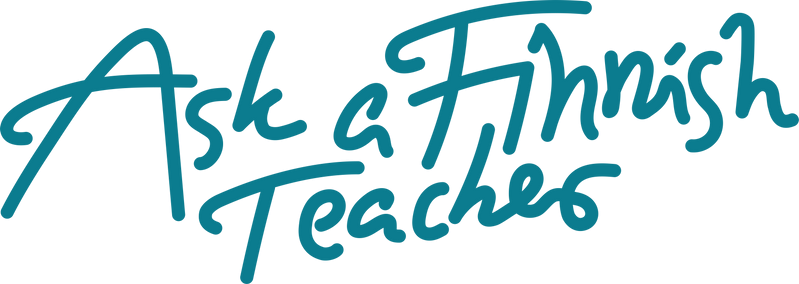There are three very common verbs for starting in Finnish:
1. alkaa
Alan kohta tehdä töitä. – I will start working soon.
Kurssi alkaa huomenna. – The course will start tomorrow.
2. aloittaa
Aloitan kohta työt. – I will start work soon.
Aloitan kurssin huomenna. – I will start the course tomorrow.
3. ruveta
Rupean kohta tekemään töitä. – I will start working soon.
Or in spoken Finnish: Mä rupeen kohta tekeen töitä.
A question that I answer almost weekly is the difference between the first two different verbs for starting, alkaa and aloittaa. There are already at least two great explanations about this in English already, this one by Random Finnish Lesson and this one by Uusi kielemme, so I’m not going to go deeper into that here.
Instead, I want to talk a little bit more about ruveta. Ruveta is often missing for Finnish textbooks, but it’s a very common verb in spoken Finnish. It’s also used in written Finnish, but it’s a bit rarer there, which probably explains why it tends to be missing from textbooks for beginners.
Ruveta goes with the MA-infinitive or third infinitive in the mihin-form, or the maan-form of the verb:
Rupean kohta tekemään töitä. – I will start working soon.
Ruvetaan syömään. – Let’s start to eat.
Hän rupesi kirjoittamaan kirjaa vuosi sitten. – She started to write a book a year ago.
Rupean nyt lähtemään. – “I will start to leave now”, meaning I will start getting ready to leave.
In spoken Finnish, this form often gets shortened, and the ea in rupean turns to ee:
Mä rupeen nyt tekeen töitä.
Se rupes kirjottaan kirjaa vuos sitten.
Mä rupeen nyt lähteen.
There’s a wonderful free online spoken language course, Puhutsä suomee, that has some good exercises if you’d like to practice these forms.
Here’s a short video of mine if you’d like to listen to some examples with alkaa, aloittaa and ruveta.
Did you know all three already? Let me know in the comments!

Leave a Reply